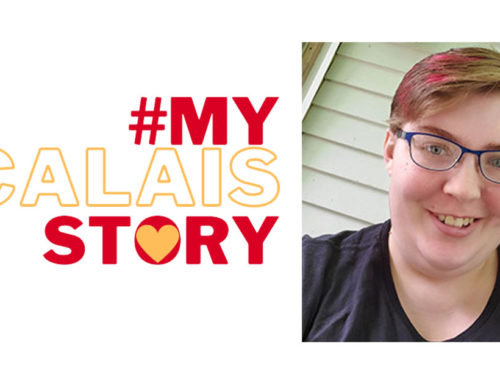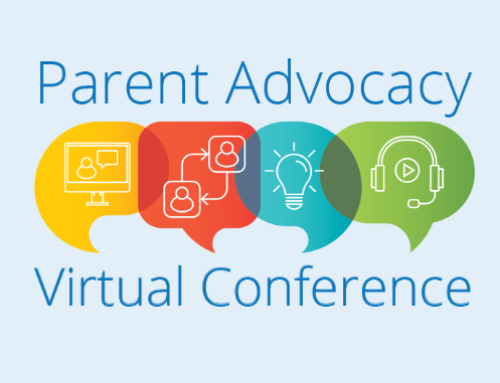For many of us, Halloween is a time to dress up, let loose and have fun, but it is easy to forget that this time of year can be very stressful for kids with special needs and their families. Halloween can bring about severe anxiety and difficulty communicating fears. Anxiety can lead to melt downs, depression and difficult behaviors. Many traditional Halloween activities can be very troubling for children and teens with special needs. Kids want to participate in the fun and receive treats, but they often can’t handle the scariness and/or confusion around them. And parents do not want to deprive their children of a happy Halloween.
Here are some common challenges the families of special needs children and teens face and ideas for how to overcome them:
Special Dietary Needs
Many kids with special needs also have restrictive dietary requirements and keeping Halloween fun with the threat of candy can be a nightmare for kids and parents alike. Many children and teens with special needs may have a number of food allergies (such as nut, gluten or dairy allergies), or they may adhere to a special diet to mitigate symptoms (i.e. the ketogenic diet).
Many kids with special needs follow a calorie-restricted diet as well, and unlimited access to candy for some kids is not only a tease, but can seriously undermine therapeutic progress. A mom from the Foundation for Prader Willi Research shared how she helps her daughter with Prader Willi Syndrome celebrate Halloween without going overboard:
“We let Erin pick one piece for each hand after the trick-or-treating is over. The rest she trades in for a movie and it all disappears…. One other important learning opportunity this gives us is to show our children how much of something healthy they could have for the same amount of calories that they would get in just a little candy. Pick some (favorite) healthy food and put out an equal amount of that one plate. Put another puny (least favorite) piece of candy on another plate and show them the difference. Nothing like a visual!”
To make Halloween enjoyable for kids with dietary restrictions, try not to focus on candy. Instead, focus more on costumes and visiting neighbors–celebrate being with others instead of eating candy. Encourage your neighbors to give out non-candy trick-or-treat items, like small dollar store toys. And if your child still receives a lot of candy, trade trick-or-treating candy for a bigger “prize,” like a toy, movie, video game, special trip, etc.
Reading Social Cues
For kids who have difficult reading people’s faces and body language, costumes and masks make reading other people’s cues even more confusing. For other kids, Halloween makes their worst nightmares come true. Scary costumes can be particularly frightening for kids with special needs, who often cannot tell that others are just pretending.
Encourage other family members and friends to wear non-scary masks (or no masks at all). Try to avoid games that involve kids trying to scare each other and keep the snacks and decorations friendly enough for a young child.
Mobility Issues
Steps, stoops and shrubs can also be difficult for people with mobility issues to navigate. Plan your trip ahead of time and avoid places that may be frustrating for your child to reach. Try to prepare your neighbors (if possible) that your child may visit to avoid unwelcome stares if your child uses a wheelchair or crutches. Trunk-or-treating events can also be a nice alternative to walking around the neighborhood.
It can also be difficult to find costumes that can accommodate wheelchairs and walking crutches. Check out some costume ideas that incorporate both on Pinterest: http://www.pinterest.com/woodbinehouse/cool-halloween-costume-ideas-for-kids-with-special/
Sensory Issues
Costume fabrics that scratch and itch can be a nightmare for children and parents alike. Search for fabrics that make your child comfortable. Making a costume from scratch may seem like the only option, but many stores also sell costumes made of comfortable fabrics. Read online reviews about costumes or check out dress up stores that specialize in non-itchy, non-scratchy costumes (they do exist!).
Activities that involve sticking your hand in a bowl of something that feels gross (wet noodles for brains, grapes for eyeballs, tapioca pudding for snot) is not good for a lot of kids with sensory issues and could cause a meltdown. Try these activities instead: 4 Fun Fall Sensory Activities for Special Needs Children.
Perhaps the most important thing to remember is to have fun!
 973-884-2030
973-884-2030 





Leave A Comment
You must be logged in to post a comment.